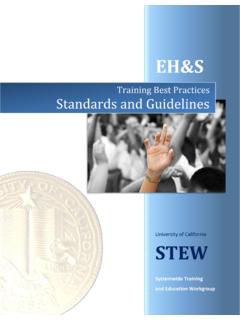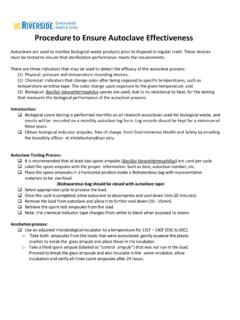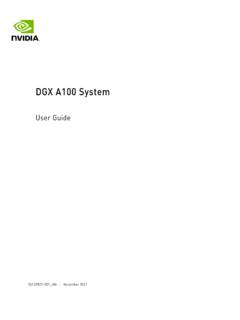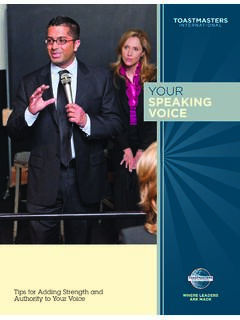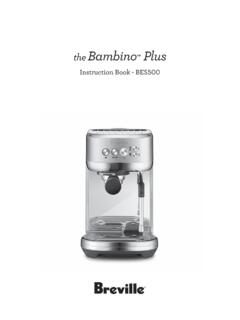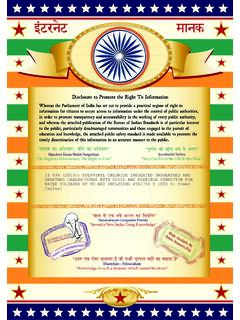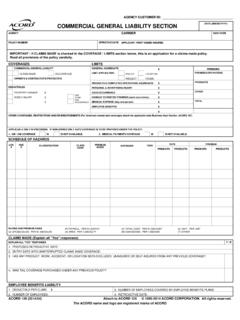Transcription of Cooking Equipment Safety - Environmental Health & Safety
1 Cooking Equipment Safety Do: Always make sure Equipment is off before plugging it in and starting it. Always make sure all the Safety guards are in place in all choppers, mixers and food processors. Check for frayed cords and loose parts before using any Equipment . Plug Cooking appliances directly into an out-let. If Equipment is broken, label do not use and notify a su-pervisor immediately. If you must leave the area, turn off the Cooking Equipment . Turn exhaust hoods on before turning on any Cooking Equipment and dish machines. Use oven mitts and arm guards when working on hot Equipment such as griddles, broilers, ovens and waffle bakers, and when holding hot pans.
2 Clean Equipment after each use. Remove pans from ovens and steamers by holding with both hands and move slowly to prevent burns. Open oven and steamer doors slowly to prevent burns. Grease Fires Extinguish fire by placing lid over contain-er, pouring salt or baking soda over the fire or using a CO2 fire extinguisher. If you catch fire, STOP, DROP & ROLL Don t: Do not use kitchen Equipment until you have been trained on its use. Do not wear loose-fitting clothing as it may get caught in Equipment , causing injury. Never leave Cooking Equipment unattended. If you must perform other tasks, use timers to remind you of the Equipment in use.
3 Do not store flammable items like pan re-lease spray near heat-producing Equipment or open flames Don t overfill pans, pots and kettles as product may spill causing burns. Never carry or move oil containers when the oil is hot or is on fire Never throw water on a grease fire; it makes it worse. Never use an extension cord for a Cooking appliance, as it can overload the circuit and cause a fire. A busy kitchen can be a dangerous place indeed, with many hazards, including sharp edges, heat and open flames, oils and acids, and a fast paced working environment. Therefore, you must main-tain a high degree of hazard awareness, adherence to Safety procedures, cooperation and communica-tion with your fellow workers in order to prevent injuries.
4
